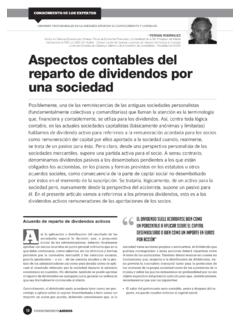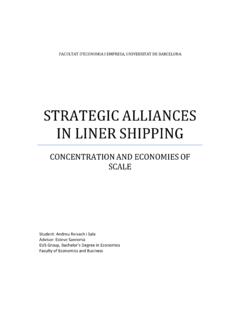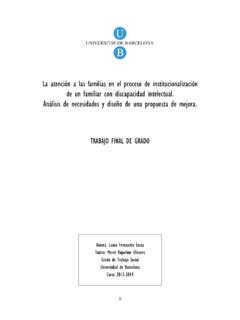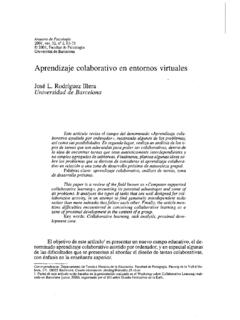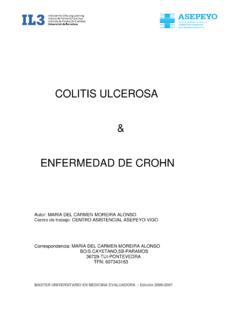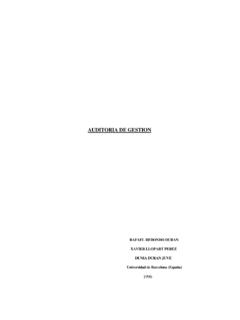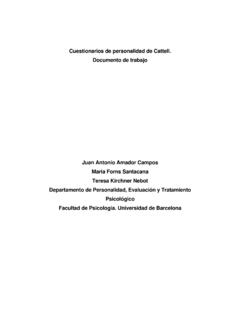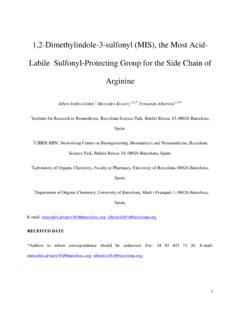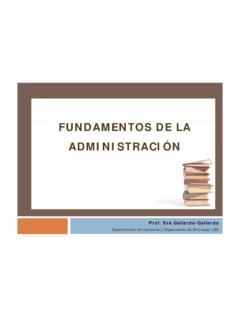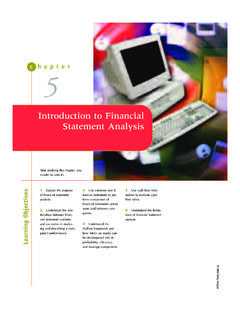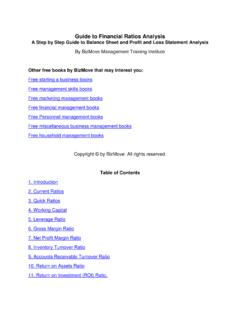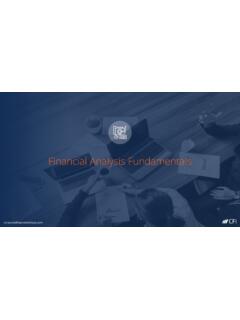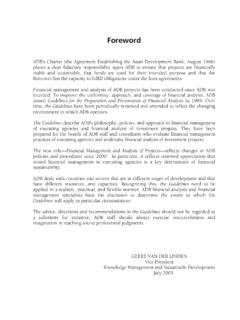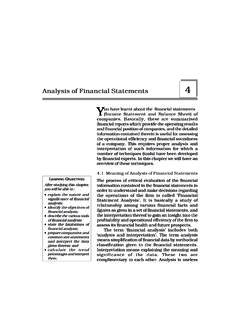Transcription of NESTLÉ ACCOUNTING AND FINANCIAL ANALYSIS
1 QUALITATIVE AND QUANTITATIVE ANALYSIS OF NESTL Authors (Universitat de Barcelona): Oriol Aluja M ndez Leah Binsted Castro Just Gatius G mez EDITOR: Jordi Marti Pidelaserra (Dpt. Comptabilitat, Universitat Barcelona) 2 usuari O r i o l A l u j a M n d e z L e a h B i n s t e d C a s t r o J u s t G a t i u s G m e z NESTL ACCOUNTING AND FINANCIAL ANALYSIS 3 TABLE OF CONTENTS INTRODUCTION 3 BLOC 1: COMMERCIAL SITUATION 4 Presentation and summarized numbers 5 History 7 Product Lines 9 Organizational Structure 14 Shareholders 16 Market Segmentation 19 Suppliers 20 Competitors 21 Future Expectations 23 BLOC 2: RISK ANALYSIS 24 Brief Introduction 25 Short-Term ANALYSIS 27 Long-Term ANALYSIS 30 Different Risks in which Nestl is exposed to 33 Market ANALYSIS 37 Conclusions 39 BLOC 3.
2 PROFITABILITY ANALYSIS 40 Return on Equity (ROE) ANALYSIS 41 ROE Before Taxes 44 Tax Impact ANALYSIS 44 Return on Assets (ROA) ANALYSIS 46 Leverage Impact (Comparison between ROEBT and ROA) 48 Cost of Capital (K) 49 Optimum level of Leverage 51 Risk vs. Profitability ANALYSIS 55 Salary Risk 56 Value Added 57 Growth Rate (G) 58 Price to Earnings Ratio (PER) 59 Relationship of PER with Pay-out Ratios 60 Conclusions 60 FINAL CONCLUSIONS 61 BIBLIOGRAPHY 62 4 INTRODUCTION Throughout the realization of this project, which we have been modifying for the last four months, we have had the opportunity to learn how to value firms from both the commercial situation and the FINANCIAL performance perspectives.
3 By doing this we ve had the possibility to investigate the inner fittings of one of the most relevant firms of the today s economic paradigm while our knowledge in interpreting accountancy statements has been notably improved. Our ANALYSIS has been divided in two main blocs: the commercial situation of Nestl in the first place and then the risk and profitability ANALYSIS . However, we have decided, in this paper, to break it into three parts in order to have a clearer look in every concept. BLOC 1: COMMERCIAL SITUATION We will first start by introducing formerly our firm by describing basic data of its activity, values, competitive advantages and summarized numbers of its product and factory distribution.
4 Then, we will make reference of the evolution of Nestl s performance throughout the years by presenting a brief history. Also, we will closely analyse its product lines, organizational structure, and shareholder data of interest and we will also make reference to its market segmentation, its relationship with its suppliers and its competitive paradigm. BLOC 2: RISK ANALYSIS At this stage, we will review both the short-term and the long-term risk situation of the firm in order to analyse the soundness of its investments and its capacity to pay its payment obligations. In the short-term ANALYSIS we will include figures like the cash ratio, the solvency and liquidity ratio comparison and the availability ratio.
5 Later, with the long term ANALYSIS we will focus on the leverage and autonomy ratio calculation to more further talk about the debt s quality ratio, the different risks the firm is exposed to, the Value at Risk and the Equity ANALYSIS and we will end up this section by making a market comparison review. BLOC 3: PROFITABILITY ANALYSIS In this last part of the paper, we will mainly focus on analysing Nestl s capacity to obtain profits in order to increase the shareholder s value and its ability to keep a successful and sustainable investment promotion. We will base our conclusions with the Return on Equity and Return on Assets calculations, parsing its tax impact, the optimum leverage level, its financing structure, among other profitability indicators.
6 5 BLOC 1: COMMERCIAL ANALYSIS 6 AND SUMMARIZED NUMBERS Nestl is a Swiss multinational company that mainly produces nutritional, snack-food, and health-related consumer goods. Its headquarters are in Vevey, Switzerland, where it was also created back in 1905. It was founded by the merge between the Anglo-Swiss Condensed Milk Company , owned by George Page and Charles Page, and the Societ Farine Lact e Henri Nestl , owned by Henri Nestl . The company grew significantly during the First World War and after during the Second World War, as they started to expand their product lines and they acquired and merged with other firms that had a large growth potential. Moreover, the firm is now considered one of the most profitable corporations in the sector, according to the yearly ranking developed by Fortune Global 500.
7 Nestl is based on several values and a clear philosophy, which leads the company to obtain such good results. Thus, the company sets its: GOALS Nestl s ambition is to be a world leader in nutrition, health and wellness; be trusted by all its stakeholders and be a reference in FINANCIAL performance in its industry. In brief, Nestl s business objective is to provide products and render services in a way that creates value for customers (and also for the company itself), and to sustain this value over the long term. COMPETITIVE ADVANTAGES Hard to copy product and brand portfolio, R&D capability, geographic presence, people, culture, values and attitudes. GROWTH DRIVERS Areas: Nutrition, Health and Wellness; Emerging markets and popularly positioned products; Out-of-home; Premiumisation.
8 These four areas provide Nestl with large prospects of growth and they are applicable across all categories and around the world. Everything they develop is driven mainly by the area of Nutrition, Health and Wellness that seeks to offer consumers products with the best nutritional characteristics in each category. OPERATIONAL PILLARS - Innovation and Renovation - Wherever, whenever, however - Consumer engagement - Operational efficiency The aim is to excel in these areas in order to become consumer-centric and accelerate the firm s performance in order to achieve excellence in execution. Anglo Swiss Condensed Milk Company Soci t Farine Lact e Henry Nestl Nestl (1905) 7 Moreover, concerning its numbers and results, it s important to point out that Nestl currently employs people, holds assets for a value of million euros and during 2012, its total sales raised up to 74,8 billion euros.
9 The company has strong position in 86 countries, by means of 8 business lines, and it also owns 447 factories. (Factories by geographic position) 183 33 107 123 11 Europe Africa Asia America Oceania 8 2. HISTORY The history of Nestl starts back in 1866 when the Anglo- Swiss Condensed Milk Company opened the first condensed milk factory in Europe (Charm, Switzerland). Just one year later, 1867 Henry Nestl created the Soci t Farine Lact e Henry Nestl . Then, in 1905 the Anglo-Swiss Condensed Milk Company, founded by both Americans Charles and George Page, merged with Nestl after a being competitors for almost twenty years. The resulting company was known as the Nestl and Anglo-Swiss Milk Company.
10 Moreover, during the World War I started in 1914, Nestl had to face some severe disruptions, but it also created new demands, mainly in form of government contracts, for dairy products, which are milk-based products. To face this demand, Nestl acquired several existing factories that where already based in the United States and when the war finished in 1918 the firm had already forty factories around the world. After, the twenties were a time of deep economic difficulties and Nestl suffered them as a lot of other firms. Then, they continued expanding their product lines by creating other successful products as Nescaf (1938) and Nestea (1940) among others. The Second World War also had an important track in Nestl.
